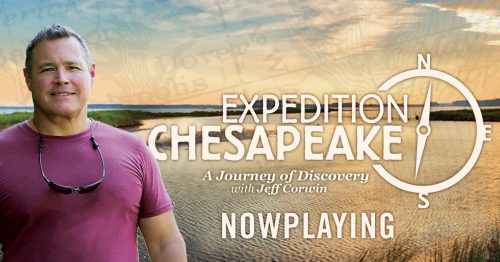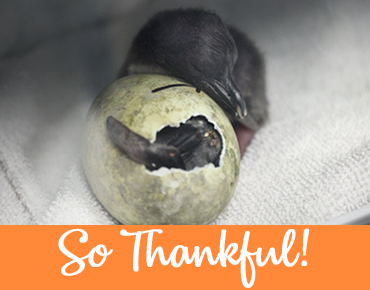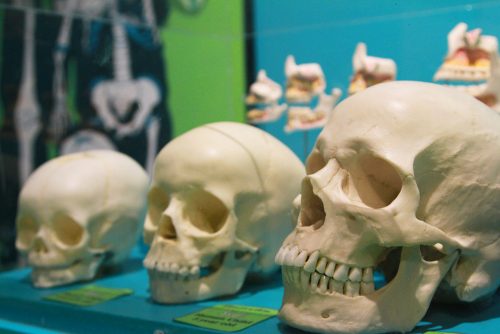
Narrated by three-time Emmy Award winner Jeff Corwin, this film encourages audiences to appreciate the value of the Bay but to also take steps to support long-term conservation efforts in their communities.
From sea grasses to blue crabs, ospreys to otters, “Expedition Chesapeake” highlights the important wildlife that calls this area homes and the important issues that can be learned from their behaviors.
The film also offers an opportunity to explore the local community as Galveston Bay is also an estuary and has many of the same species calling it home.
“We are excited to invite guests to see the connection between the Chesapeake Bay and Galveston Bay right in their backyards and things they can do that make a difference when it comes to preserving and protecting the area for future generations,” said Moody Gardens President and CEO John Zendt.
Moody Gardens will be pairing the screening of the movie with a special entrée at Café in the Park at the Moody Gardens Hotel for Galveston Restaurant Week from Saturday, Jan. 25-Sunday, Feb. 9. Enjoy the “Bay Snapper Double Feature: Lunch and a Movie.” Feast on pan roasted gulf wild snapper with shrimp and sweet pepper relish and steamed white rice. This special sustainable menu is prepared by Chef Felipe Gonzalez and is inspired by the film which encourages audiences to appreciate the value of the Bay and take steps to support long-term conservation efforts and gain an appreciation for all that Galveston Bay brings to our community. The “Bay Snapper Double Feature” is $22 and includes lunch and admission to a showing of “Expedition Chesapeake.”
Click here for more information.






